The post What Do the Numbers on Your Camera Lens Mean? appeared first on Digital Photography School. It was authored by Darlene Hildebrandt.

Camera lenses include quite a few numbers – and many of these are often confusing or obscure, especially for beginners.
That’s why, in this article, I’m going to run through all the important camera lens numbers you’ll encounter. I’ll explain what the numbers actually mean, and I’ll also explain why they matter for your photography.
By the time you’re finished, you’ll be a lens number expert, and you’ll never find yourself confused by your lens markings again.
Let’s jump right in.
Common numbers on newer digital lenses
Depending on the age of your lens, you’ll run into different markings. In this section, I’ll discuss numbers frequently found on newer lenses (though note that many will apply to old lenses, as well!).
Focal length
Zoom lenses feature a zoom ring; twist it, and your lens will zoom in and out.
Next to this ring, you’ll generally find focal length numbers. For example, if your lens is a 70-200mm zoom like mine (below), you’ll see markings that span from 70mm to 200mm. I’m currently at around 100mm:

A lens will never display every focal length but will instead offer a few useful intervals, as you can see in the image above.
If you are using a prime or fixed lens, you won’t have a zoom ring. Your lens will simply indicate the focal length on its barrel, as you can see on my 85mm lens:

Maximum aperture
The maximum aperture is the largest aperture opening your lens is capable of achieving. Note that the larger the aperture opening, the smaller the f-number (so f/2.8 corresponds to a very wide aperture, while f/22 corresponds to a very small aperture).
Larger apertures like f/2.8 or even f/1.8 are highly desirable because they allow you to shoot in low-light conditions while maintaining a fast shutter speed. So the best lenses – and the most expensive lenses – tend to offer a very wide maximum aperture.
(Note that some zoom lenses have a variable maximum aperture, where the maximum aperture will change depending on the focal length; this is represented as a range of numbers, such as f/3.5-6.3.)
Now, pretty much every lens has the maximum aperture written somewhere on its body. You can usually find this information in one of two places (or perhaps even in both):
- Right on the end of the lens barrel
- On the front of the lens inside the filter ring area
In the photo below, you can see two different lenses: my Tamron 17-35mm and my Canon 85mm. On the Tamron, you should see “1:2.8-4,” and on the 85mm, you should see “1:1.8.”

What does this mean? It’s simple: the maximum aperture on the 85mm lens is f/1.8, and on the Tamron zoom, the maximum aperture changes from f/2.8 to f/4 as you zoom the lens. (At the lens’s widest, 17mm, I can open the aperture to f/2.8. But if I zoom all the way to 35mm, my maximum aperture becomes f/4.)
These variable maximum apertures are pretty common with kit lenses, and especially kit lenses with a large focal length range such as 28-300mm or 18-200mm.
Focusing range and distance scale
On some – but not all! – lenses, you will see a range of distances, usually marked in two scales, feet and meters. These lens numbers indicate the distance at which your lens is currently focused.
So at one end of the scale, you’ll find the infinity symbol, and at the other end, you’ll find the lens’s minimum focusing distance (i.e., the closest the lens can focus).
Check out the two lenses below. The distance scale on the 70-200mm (left) is under a cover, and you can see that the lens is focused somewhere between 10 meters and infinity. The distance scale on the 17-35mm (right) is on the lens’s focus ring, and you can see that the lens is focused quite close, at around 0.5 meters.
Note that, as you focus your lens, the distance scale will change to reflect your new point of focus.

Lens diameter (filter size)
Every lens has a diameter, the distance across the center of the lens. This diameter also corresponds to the filter size (if the filter’s diameter doesn’t match the lens diameter, it won’t properly screw onto the front of the lens).
You’ll find the lens diameter written on the end of your lens (often on the edge of the barrel), preceded by a symbol that looks like a zero with a strike through it:

So for the lens pictured above, the diameter is 77mm. And if I wanted to use a polarizing filter or a clear filter, I’d need to grab one with an equivalent diameter.
By the way, you can also find the lens diameter on the back of the lens cap, as displayed above.
Less common lens numbers (often seen on older, manual focus lenses)
Now that you’re familiar with all the common camera lens numbers, let’s take a look at some of the less common markings. These numbers are pretty rare on lenses designed for digital cameras, but you may come across them if you purchase older, manual focus glass.
Aperture ring
Most newer lenses set and control the aperture through the camera. But back in the days of film, you would set the shutter speed on your camera and the aperture on the lens (via an aperture ring).
So while newer lenses rarely include aperture rings, you’ll find them on plenty of older lenses. An aperture ring displays different aperture settings, like this:

And by rotating the ring, you widen or narrow the aperture.
Note that some modern lenses do include aperture rings; Fujifilm is known for this, as are other brands that offer manual focus lenses (e.g., Samyang).
Hyperfocal distance scale
A hyperfocal distance scale helps you determine the depth of field for a scene, given a particular focal length, point of focus, and aperture.
Most zoom lenses don’t offer hyperfocal distance scales (because depth of field varies with focal length). But if you have a prime lens – especially an older model – you may see an extra ring of numbers on the barrel, such as in the image below:

Note that, in the image, you can see three sets of numbers:
- the distance scale
- the hyperfocal distance scale
- the aperture ring that actually sets the lens aperture
And this is by design. The hyperfocal distance scale uses the distance scale to display the expected depth of field. Here’s how it works:
First, focus your lens and set your aperture. Then look at the hyperfocal distance scale and find your chosen aperture on either side of the red line. Finally, look at the focusing distances that correspond to the apertures – these will be your near and far depth of field limit.
Make sense?
Camera lens numbers: final words
Well, that’s it for lens numbers! Hopefully, you now feel much more confident (and much less confused) when looking at your lens.
And if there are any lens numbers I missed, don’t worry – just share pictures in the comments below, and I’ll see what I can do to help out!
The post What Do the Numbers on Your Camera Lens Mean? appeared first on Digital Photography School. It was authored by Darlene Hildebrandt.










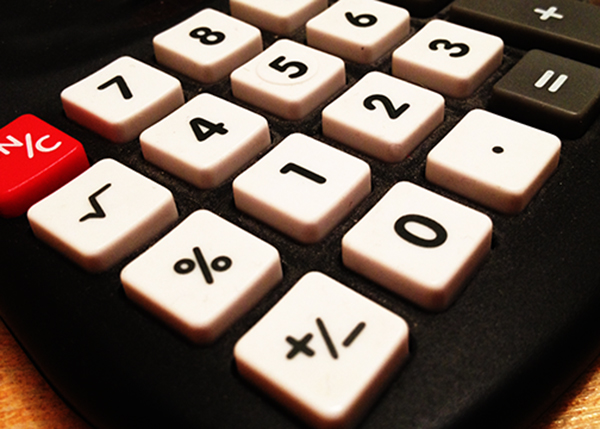

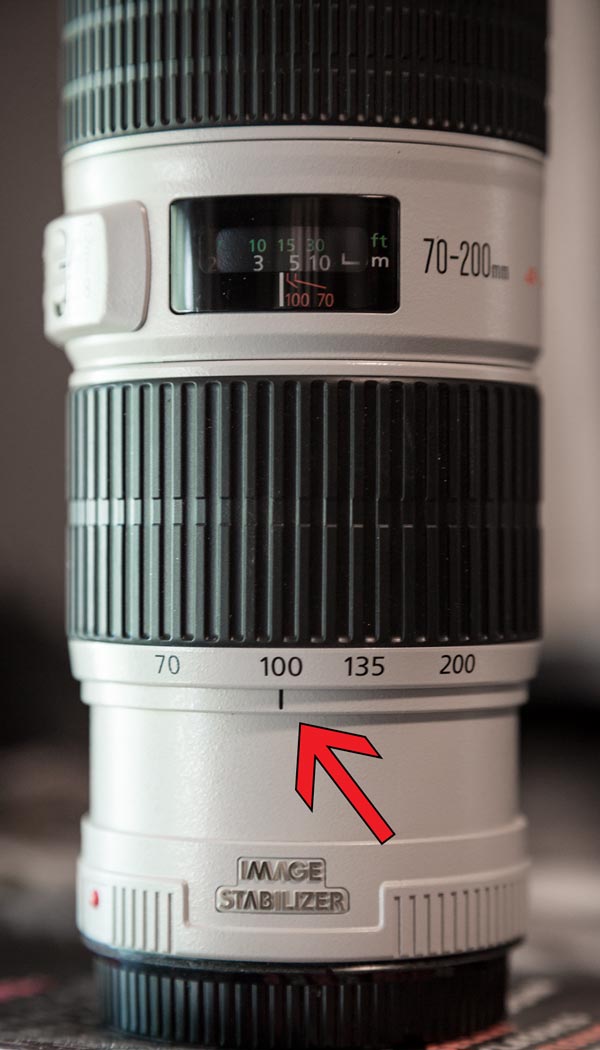
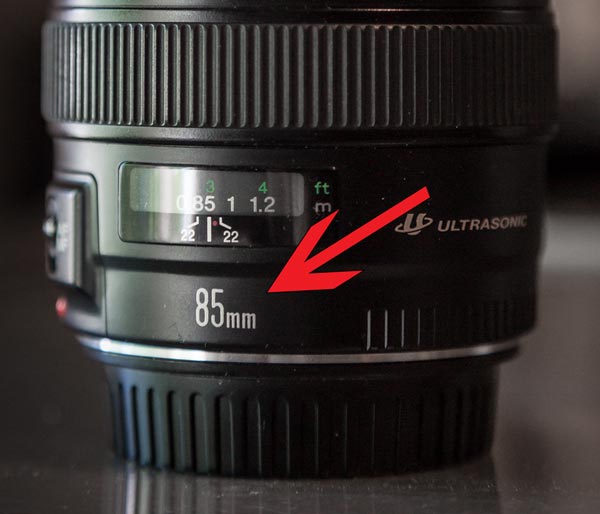
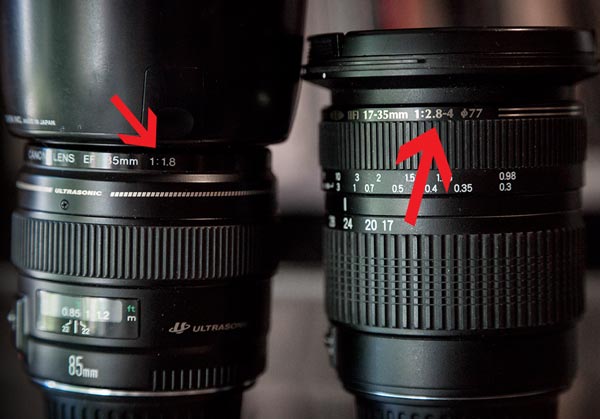
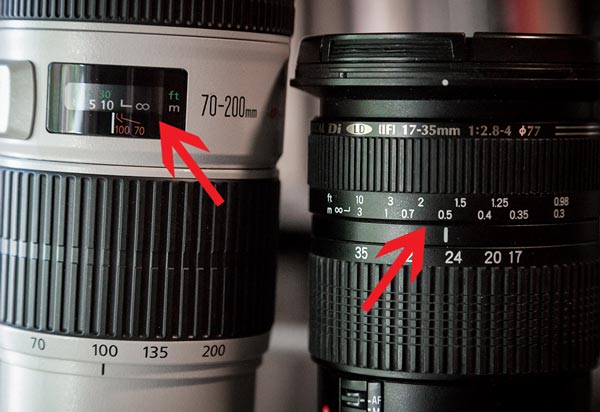
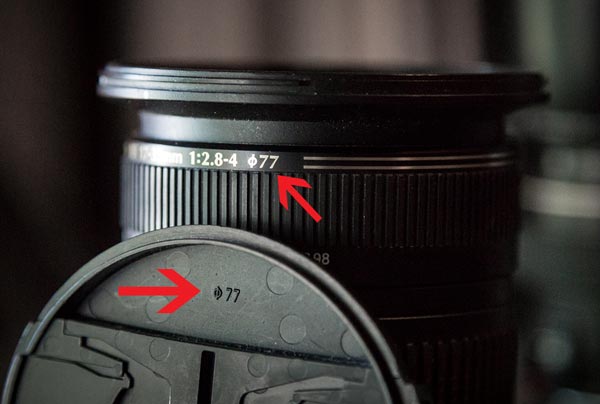

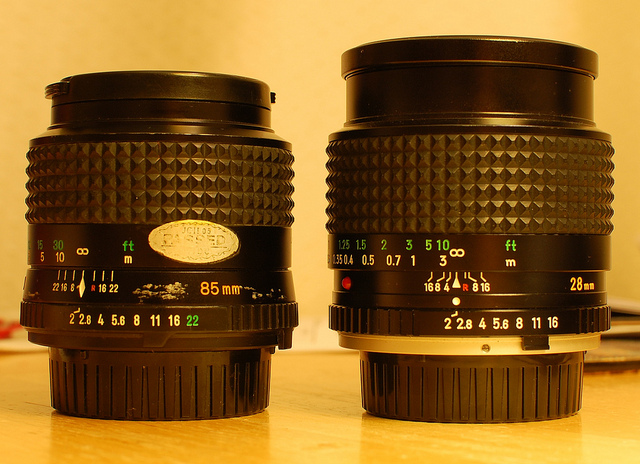

You must be logged in to post a comment.